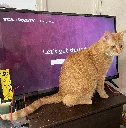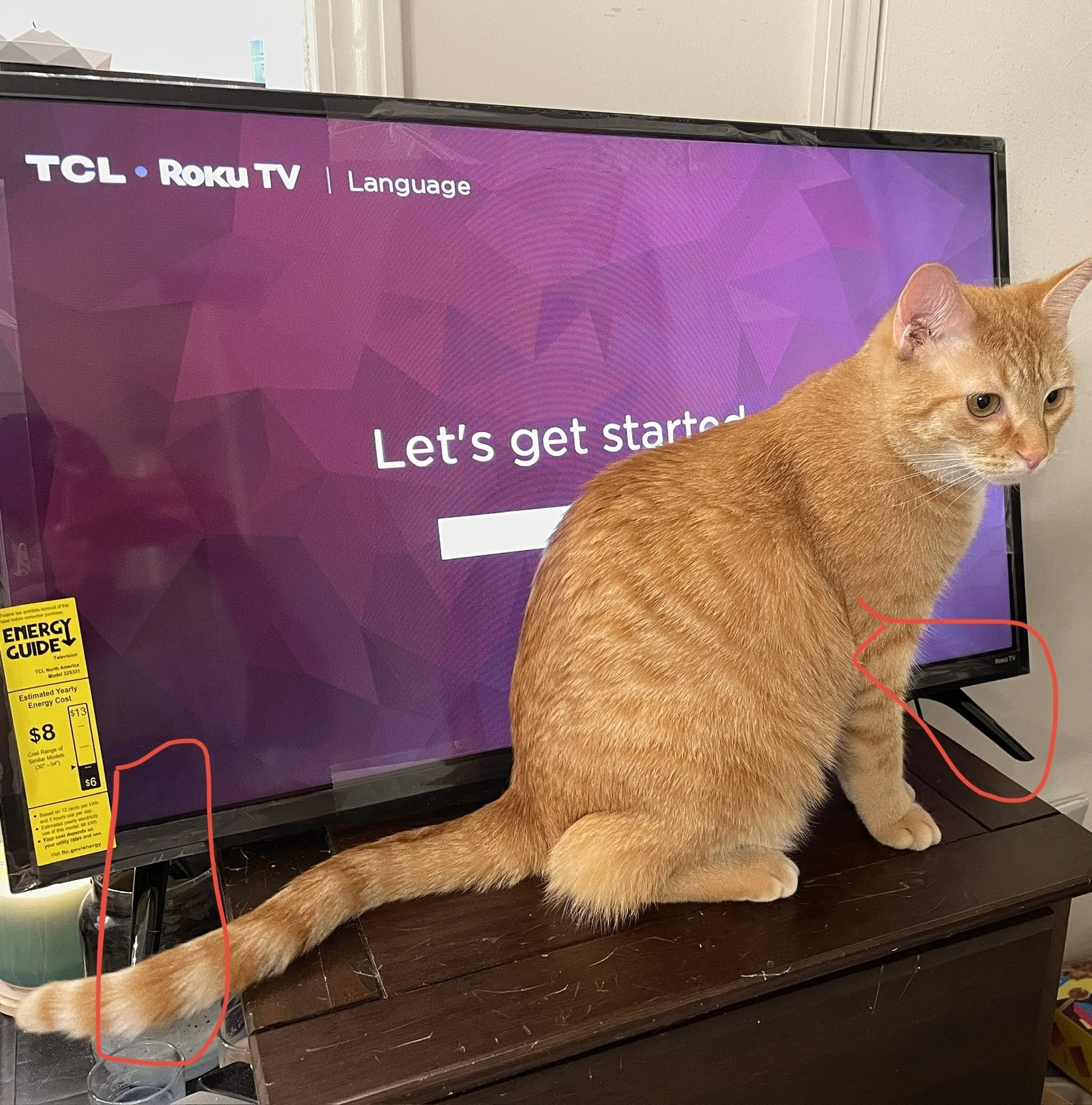I'm going to second this. I usually use wall mounts for my TVs and let me tell you, once it's dialed in... Chefs kiss
The problem is getting the right mount with the right support for the TV you have. You can't use a super cheap support for a super big TV, the adjustments won't work correctly and it might fall off the wall.
Once you find one strong enough for your TV and determine how high/where you want it on the wall, the next task is simply finding something to mount to. My favorite method is to combine a few ways of securing the mount. I find the studs and put a solid wood project board over top of where I want the TV to mount, and screw the board into the studs. I then place the mount and trace out where it needs to be screwed in, I then go through the board, and the drywall/plaster with a drill and put in toggle bolts that sandwich from the mounting plate, through the backer board, into the drywall. It's massive overkill to do it this way. Once that mounting plate is secured, it's definitely not going anywhere with all of that extra support.
The basic concept I'm thinking of with this is that the backing board will spread out the load from the bracket being weighed down by the TV (the rotational/twisting force). This keeps the main pressure going straight down the wall.
Once the TV is hung and adjusted, it has no risk of being knocked over by your cat, it's off of any surface, so you don't need to sacrifice table space to support it, and in all likelihood, you won't touch it again, apart from the occasional cleaning.
IMO, the only down side to mounting the TV to the wall is that you can't easily plug a new device into it. It's always a struggle to shove your face between the TV and the wall to try to see where the stupid connector is and plug it in.

